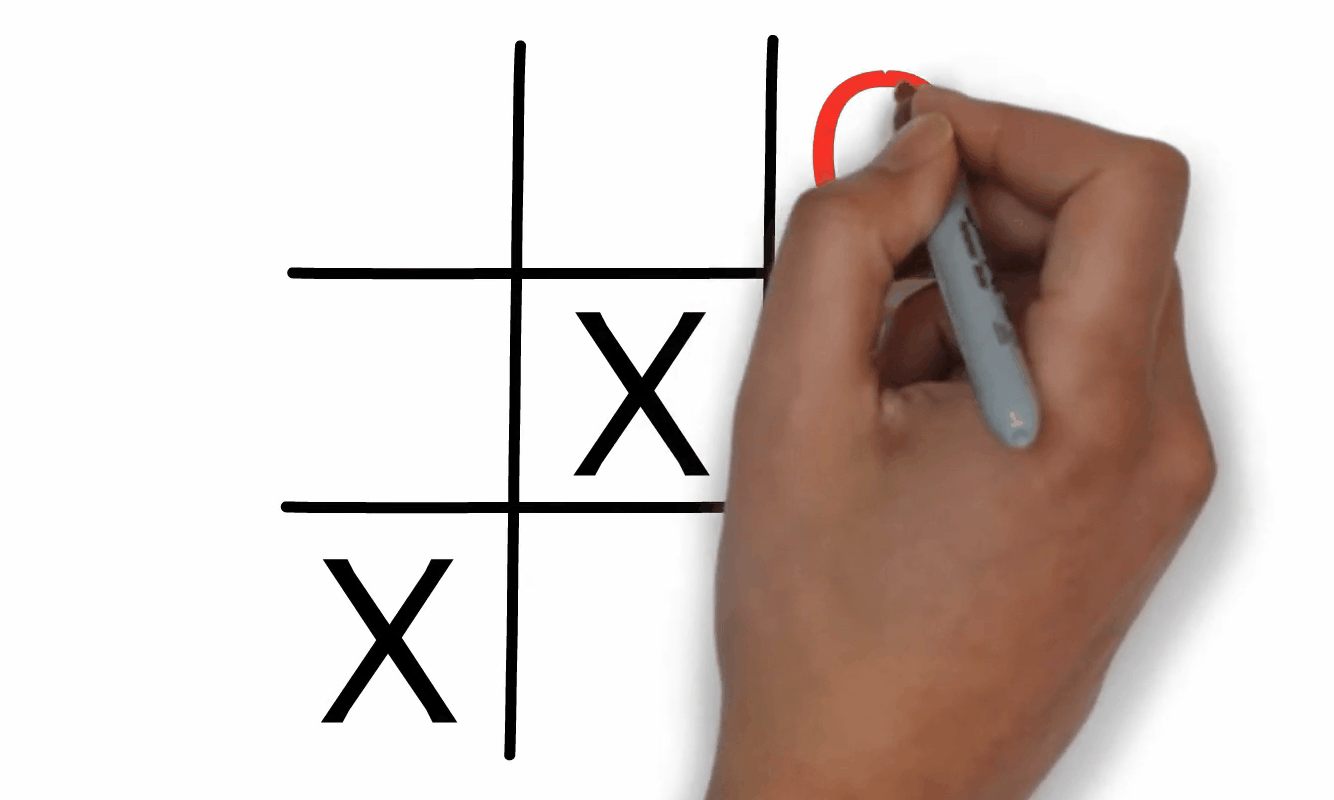Unit 19: Great Britain—The Victorian Era (1837-1901) Overview
Unit 19: Great Britain—The Victorian Era (1837-1901)

Unit 19: Great Britain—The Victorian Era (1837-1901)

Unit 19: Great Britain—The Victorian Era (1837-1901)
This unit emphasizes the social, political, and economic changes that came about in Great Britain during the Victorian Age.
The Victorian period formally begins in 1837 (the year Victoria became Queen) and ends in 1901 (the year of her death). As a matter of expediency, these dates are sometimes modified slightly. 1830 is usually considered the end of the Romantic period in Britain, and thus makes a convenient starting date for Victorianism. Similarly, since Queen Victoria’s death occurred so soon in the beginning of a new century, the end of the previous century provides a useful closing date for the period.
The common perception of the period is the Victorians are “prudish, hypocritical, stuffy, [and] narrow-minded” (Murfin 496). This perception is (as most periodic generalizations are) not universally accurate, and it is thus a grievous error to jump to the conclusion that a writer or artist fits that description merely because he or she wrote during the mid to late 19th century. However, it is also true that this description applies to some large segments of Victorian English society, particularly amongst the middle-class, which at the time was increasing both in number and power. Many members of this middle-class aspired to join the ranks of the nobles, and felt that acting “properly,” according to the conventions and values of the time, was an important step in that direction.
Another important aspect of this period is the large-scale expansion of British imperial power. By 1830, the British empire had, of course, existed for centuries, and had already experienced many boons and setbacks. Perhaps the most significant blow to its power occurred in the late 18th century with the successful revolt of its 13 American colonies, an event which would eventually result in the formation of the United States as we now know it. During the 19th century, the British empire extensively expanded its colonial presence in many parts of Africa, in India, in the middle-east and in other parts of Asia. This process has had many long-term effects, including the increased use of the English language outside of Europe and increased trade between Europe and distant regions. It also, of course, produced some long-standing animosity in colonized regions.
Literature of the Victorian Period:
It is important to realize from the outset that the Victorian period is quite long. Victoria’s reign lasted over 63 years, longer than any other British monarch. The Victorian era lasted roughly twice as long as the Romantic period. Keeping in mind that even the relatively short Romantic period saw a wide variety of distinguishing characteristics, it is logical that much longer Victorian period includes even more variety. Below are a few of the noteworthy characteristics which appear often enough to be worth mentioning, but certainly do not encompass the entirety of the period.
- The drive for social advancement frequently appears in literature. This drive may take many forms. It may be primarily financial, as in Charles Dickens’s Great Expectations. It may involve marrying above one’s station, as in Charlotte Bronte’s Jane Eyre. It may also be intellectual or education-based. Typically, any such attempt to improve one’s social standing must be accompanied by “proper” behavior (thus helping to provide the period with its stereotype).
- The period saw the rise of a highly idealized notion of what is “English” or what constitutes an “Englishman.” This notion is obviously tied very closely to the period’s models for proper behavior, and is also tied very closely to England’s imperial enterprises. Many colonists and politicians saw it as their political (and sometimes religious) duty to “help” or “civilize” native populations in colonized regions. It was thus important to have a model which provides a set of standards and codes of conduct, and the idealized notion of what is “English” often provided this model.
- Later Victorian writing saw the seeds of rebellion against such idealized notions and stereotypical codes of conduct. These “proper” behaviors often served as subjects of satire; Oscar Wilde’s plays are an excellent example. The later years of the Victorian period also saw the rise of aestheticism, the “art for art’s sake” movement, which directly contradicted the social and political goals of much earlier Victorian literature. One of the fascinating ways of approaching the Victorian period is to examine the influence of these later developments on the Modernist period which follows.
Unit Focus
- important democratic reforms made in Great Britain during the Victorian Age
- extent of the British Empire in the world
Vocabulary
Lesson Reading
Videos and Interactives (Click on Images to View Content)

